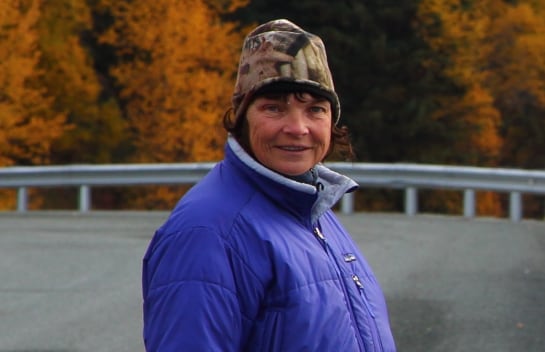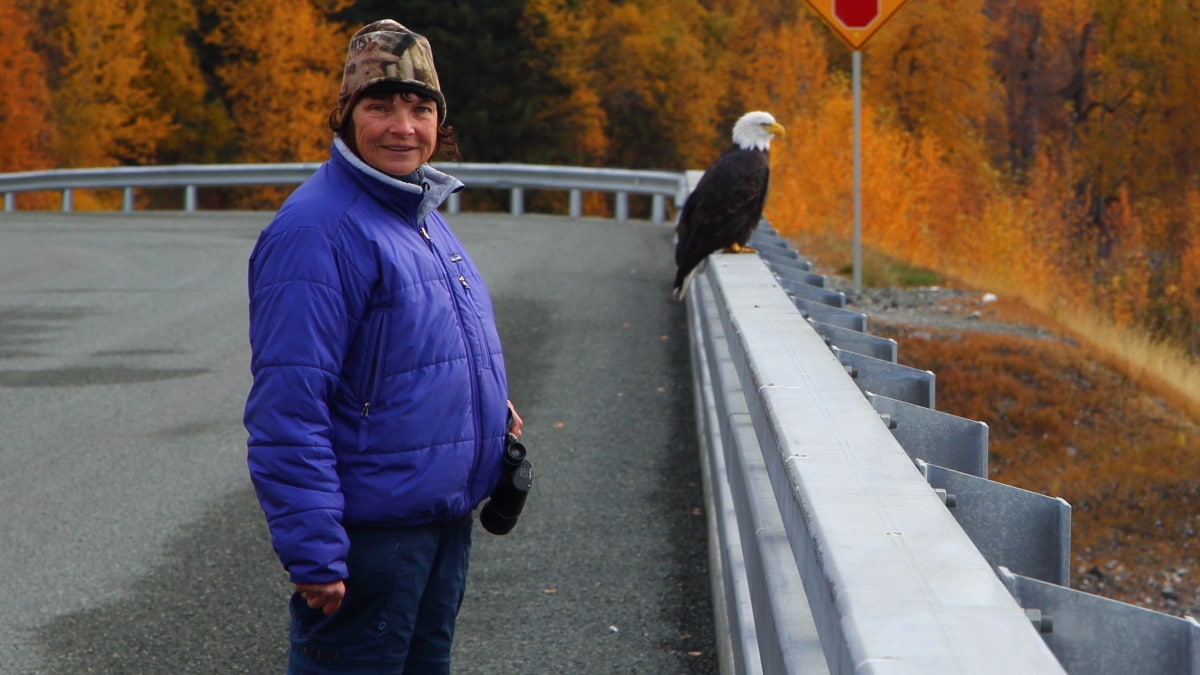At a glance
Sabine's unexplained ankle pain continued to worsen and spread to joints throughout her body while she searched for a diagnosis. While most people with Valley fever have symptoms of pneumonia, 1 in 5 develop joint pain sometimes called "desert rheumatism."

Sabine's story
Sabine's illness started with an unusual pain in her right ankle. "I ignored the pain because I thought it wasn't a big deal. A few days later, the pain still hadn't gone away and had spread to my left ankle. I thought that was strange, so I went to the emergency room," said Sabine.
Searching for answers
Doctors tested Sabine for different types of arthritis, but results were negative. They asked her to come back in a week. "My condition was getting worse and worse every day. It spread from my ankles to my knees, which started to swell. My joints started to feel like stones," she said.

After much frustration and more inconclusive tests, she visited a specialist. The doctor repeated tests for arthritis and ordered x-rays of her joints.
"Desert rheumatism"
To her surprise, the specialist suspected that Sabine's joint pains might be caused by a fungal disease, Valley fever (coccidioidomycosis). She referred Sabine to an infectious disease doctor for diagnosis. In the meantime, Sabine's pain continued to grow stronger. "It was like a nightmare," she said.
The infectious disease doctor confirmed she had Valley fever. An infection caused by a fungus that lives in soil in Arizona and other parts of the western United States.
Most people who get Valley fever develop symptoms like fatigue, cough, and fever, but about 1 in 5 people develop joint pain like Sabine did. This form is sometimes called "desert rheumatism" because of where the fungus that causes Valley fever lives.
In most patients, the joint pain is not caused by infection of the joints themselves. Instead, the joint pain results from the body's immune system going into overdrive to fight the infection elsewhere.
For many people, the symptoms of Valley fever go away without treatment, but some people need antifungal medication. Sabine is taking pain medication for her symptoms and starting to recover. "I think the worst time is over. Now, I'm just waiting and fighting. I can move my legs a little bit. They don't feel like concrete anymore, and my knees and muscles are working a little bit."
Amongst the natural beauty
Sabine didn't know about Valley fever before she got sick. She thinks that travelers should be aware of the risks so they can get diagnosed and treated as soon as possible if they do get sick: "Tourists come here for vacation and have no idea about this [disease], and maybe spend a few weeks here and go back home and start to show symptoms."
Originally from Germany, Sabine lives in Arizona with her husband, where she is studying plants and wildlife for a documentary that showcases the desert's natural beauty.
If you think you might have Valley fever, talk with a healthcare provider.
